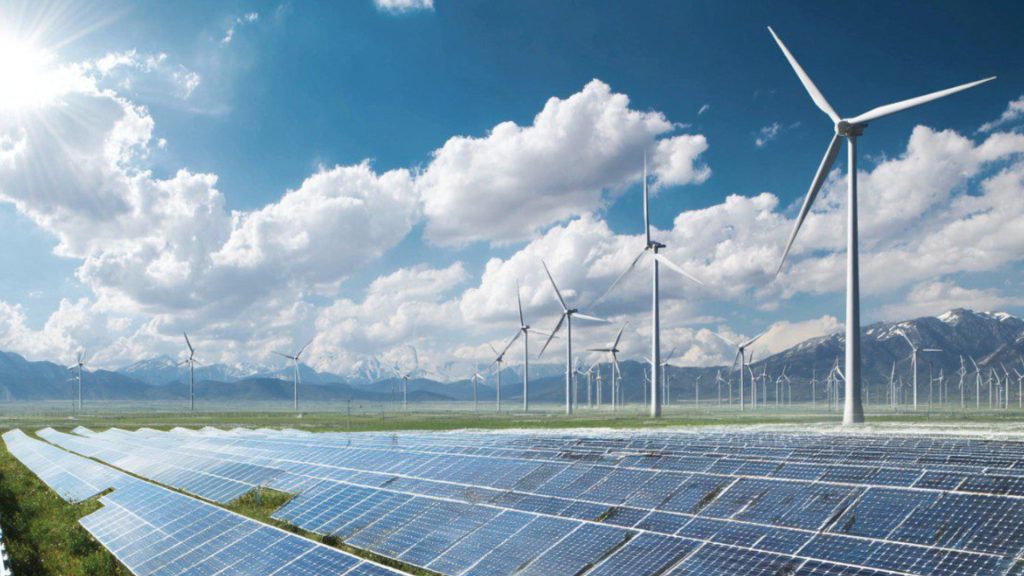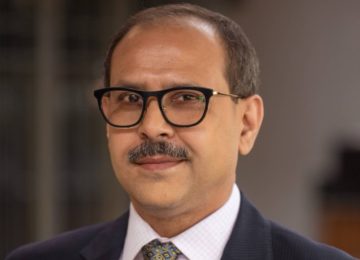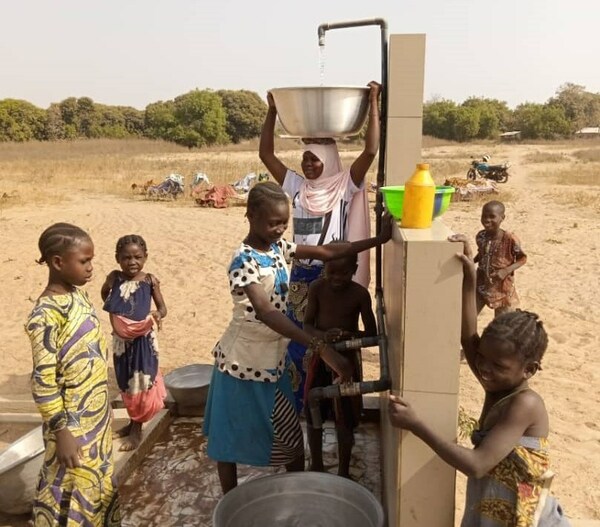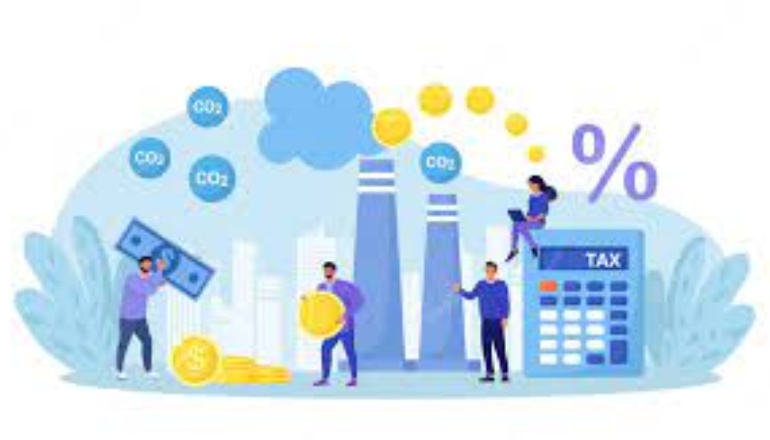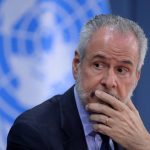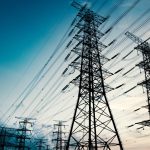Progress towards the global goal of tripling renewable energy capacity by 2030 is falling short of the required trajectory, according to a report released at COP30.
To meet the target, annual capacity additions must nearly double from their current rate, requiring a significant increase in both deployment and financing.
The goal, established at COP28, aims to reach 11.2 Terawatts (TW) of global installed renewable capacity by the end of the decade. The report by the International Renewable Energy Agency (IRENA) found that despite a record 582 Gigawatts (GW) of capacity added in 2024, the world is still off track.
The investment gap challenge:
To meet the tripling target, renewable capacity must expand by an average of 1,122 GW annually from 2025 onwards. IRENA’s analysis shows that massive scale-up requires an annual investment of approximately $1.5 trillion. Doubling energy efficiency, a parallel goal, requires an additional $2.2 trillion annually.
Dr. Francesco La Camera, Director-General, IRENA, emphasized that the shortfall highlights structural barriers. “The political will is there, but the investment and infrastructure are not keeping pace.” “Achieving the tripling goal and limiting warming to 1.5 degrees C requires us to overcome structural barriers through modernised infrastructure, supportive policies, and scaled-up finance,” La Camera said.
Focus on infrastructure and workforce:
Delegations at COP30 are focusing on solutions to accelerate implementation. Discussions have centered on strengthening grid infrastructure and addressing the need for a skilled workforce. The UNEZA Roadmap to 2030 initiative aims to mobilize a $1 trillion project pipeline specifically to strengthen grids and enable large-scale renewable integration.
A global call to action on skilling for energy transition was launched to drive international cooperation on education and training. Sunita Narain, a climate policy expert, noted that the transition must be holistic. “We cannot just install panels and turbines; we must build the smart grids and train the people needed to run them,” Narain said. “The financial and human resources must be aligned for this transition to be just and effective.”


